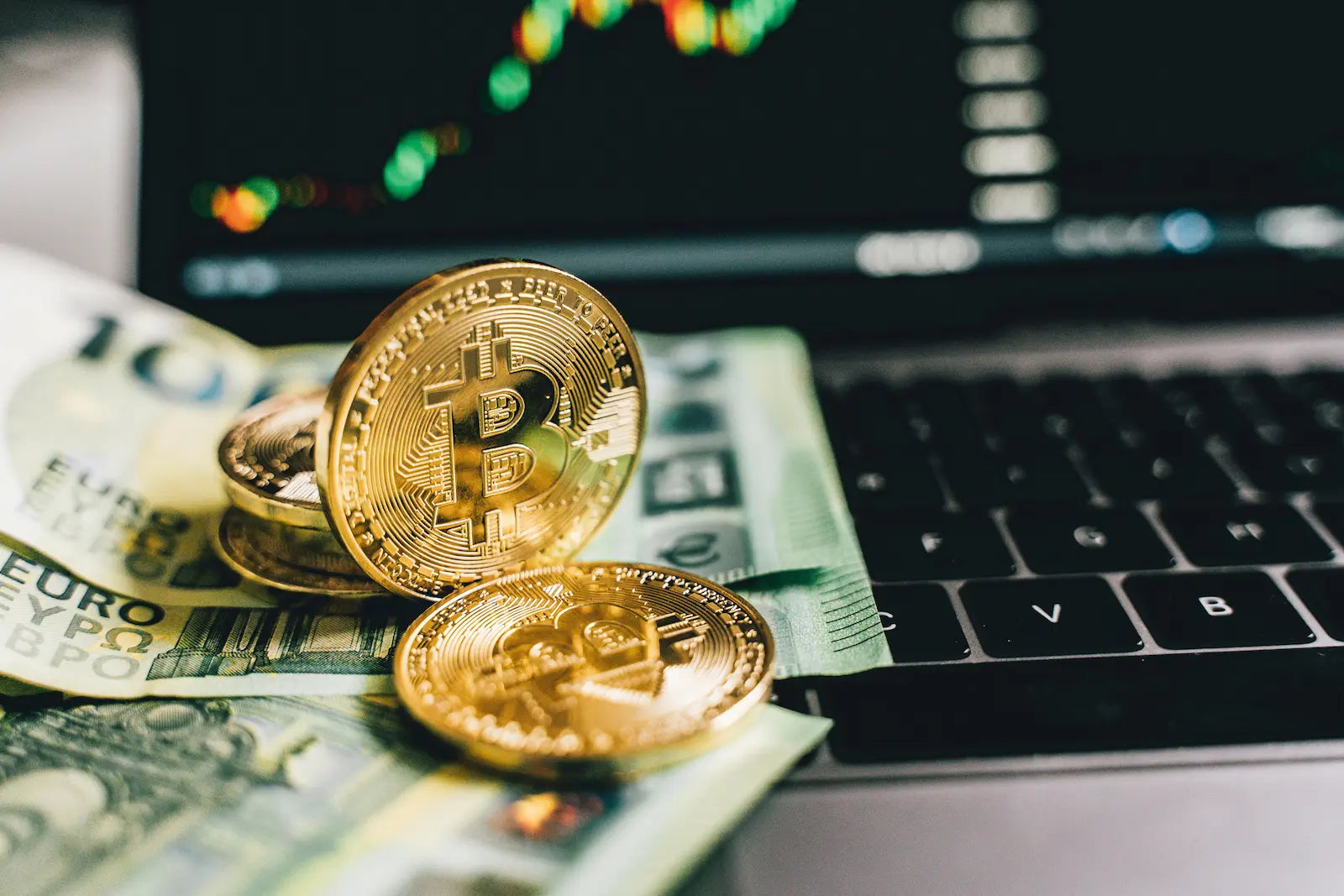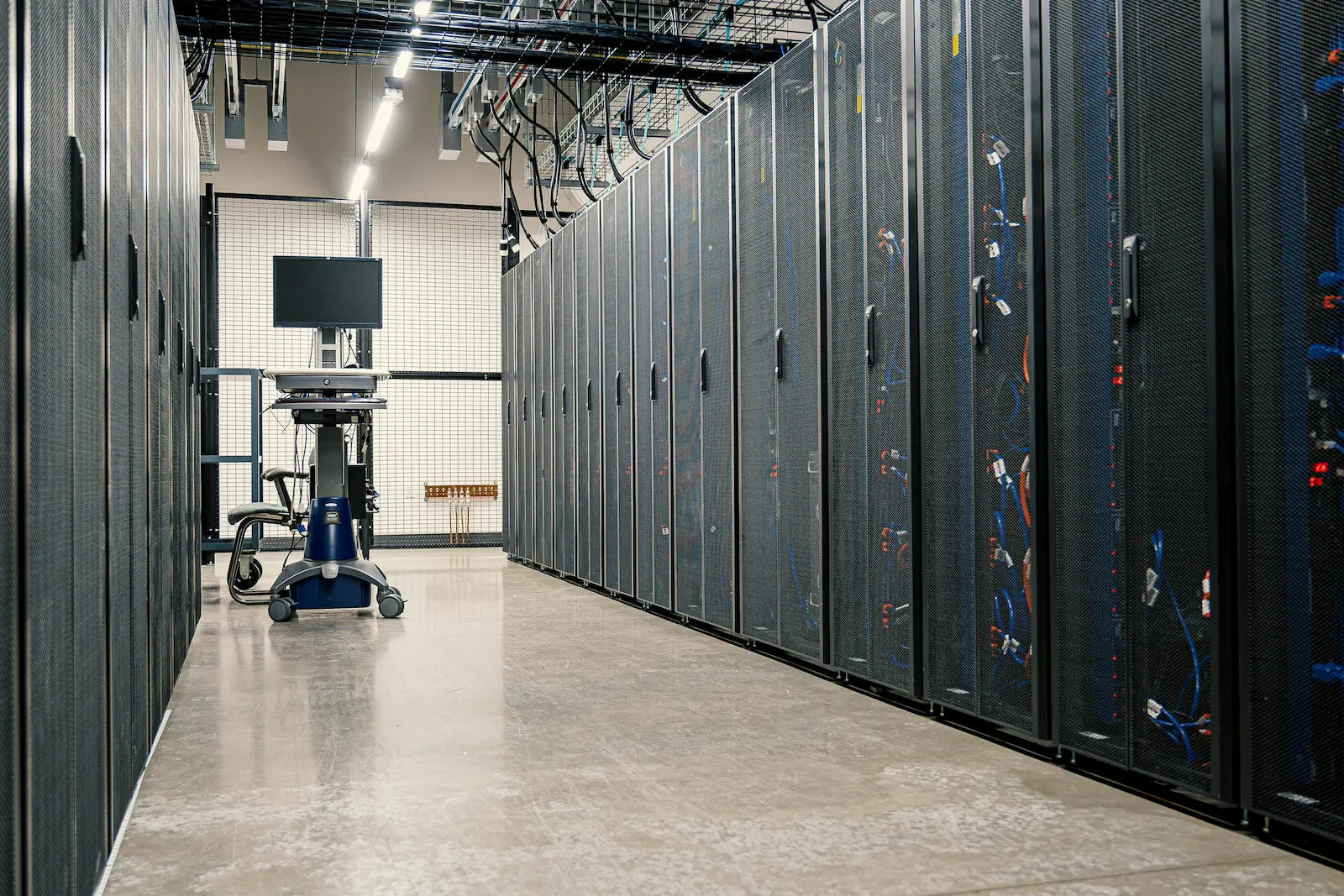What is DeFi? - Easily explained!

At the heart of the cryptocurrency's rise over the past year has been the growth of decentralized finance - DeFi for short - which has helped boost the popularity of the Ethereum network while also launching a host of new ones Introducing innovations in the financial sector.
Money flowing through DeFi platforms has already increased from $1 billion in June 2020 to almost 90 billion in May 2021 , indicating a meteoric rise and adoption , which could further transform the way financial transactions take place.
Here's a closer look at what DeFi is, how it works, and what it could mean for the future of finance.
What is DeFi?
Technically, all forms of cryptocurrency could be described as decentralized finance, as all cryptos are decentralized in nature - which has long served as one of their main advantages. But the term DeFi is a little more specific.
DeFi specifically refers to a variety of blockchain-based financial applications that aim to disrupt the traditional financial system, which many consider too outdated and overly controlled to serve an optimally effective purpose on a modern global scale.
The current financial system is largely defined by intermediaries - centralized third-party intermediaries that can limit the efficiency and sophistication of transactions by offering users less direct control over their money.
DeFi aims to buck this age-old system by applying the concept of blockchain to more complex financial problems, giving users more control and transparency over their money in a more secure way and based on code that everyone can control.
Removing the middleman
A key aspect of digital assets is the absence of an intermediary. Even on the Bitcoin platform, institutions like banks are removed from the transaction equation to allow two parties to trade directly with each other.
DeFi goes one step further, removing centralized middlemen from more complex transactions like loans, insurance, crowdfunding and more. DeFi markets are always open, and there are no centralized authorities able to block payments or deny access.
DeFi is essentially open to anyone with an internet connection, eliminating the need to hold your money from another entity that can take days to process transactions and has access to your identity and other personal information.
DeFi applications
The building blocks of the DeFi space are its applications, most of which are built on the Ethereum platform - the second largest blockchain network in the world behind Bitcoin. Ethereum differs from Bitcoin in that in addition to conducting simple peer-to-peer transactions, it can also be used to create decentralized applications.
Smart contracts are the primary foundation of many DeFi apps, allowing transactions to be executed automatically once certain conditions are met (e.g. your portfolio's asset allocation adjusts when a certain metric goes above or below a certain threshold) .
Popular examples of DeFi applications and practices include:
- Decentralized exchanges (DEXes), which are automated, non-custodial exchange platforms that allow users to exchange currencies for other currencies. DEXes connect users directly, allowing them to trade without intermediaries.
- Uniswap (UNI) is a Example that allows you to trade any Ethereum based token or make money from it when you add liquidity to its market.
- Stablecoins, which are forms of cryptocurrency pegged to a non-cryptocurrency asset such as gold or the US dollar. Pegging crypto to a fiat asset helps stabilize the price over time.
- Tether (USDT) is the first stablecoin to hit the market and is also the most used and adopted stablecoin with the largest market cap. Tether is priced one-for-one against the US dollar.
- Lending platforms that use smart contracts to replace intermediaries that manage lending in the middle. Many of the largest DeFi apps are lending platforms.
- Maker (MKR) is one of the most popular DeFi lending platforms, built on the Ethereum network with the aim of minimizing the price volatility of its own stablecoin, Dai, against the US dollar.
- Yield farming, a term for users who browse DeFi tokens looking for opportunities for greater returns.
What’s next for DeFi?
Similar to crypto, the specifics of DeFi's future remain largely unknown, but a few different opportunities have been identified for investors and developers to anticipate, including:
- Cross-blockchain compatibility that would allow more and more crypto to be used on other networks and not just their own.
- Expanding beyond Ethereum to platforms like Binance and Huobi.
- Integration with centralized finance to enable compatibilities such as linking credit scores to DeFi lending protocols, staking real estate as collateral for a crypto loan, and more.























